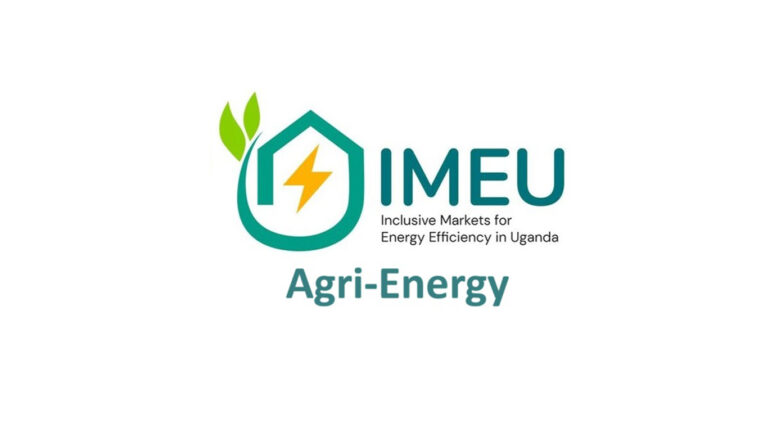The AgriEnergy platform is a comprehensive software solution designed to bridge the gap between farmers and Energy Service Companies (ESCOs) in Uganda, with the ultimate goal of boosting agricultural productivity, reducing post-harvest losses, and improving livelihoods. This initiative was developed to address a critical challenge in Uganda’s agricultural sector: the low adoption of energy-efficient technologies despite agriculture being the mainstay of the economy. The project highlights that while agricultural output has grown, it lags behind the population growth rate and is far below the potential of the country’s agricultural sector.
The core problem the platform addresses is the lack of access to and awareness of modern energy equipment among farmers in rural areas. This lack of access leads to a reliance on human power for farming activities for over 90% of farmers and contributes significantly to post-harvest losses, which can range from 30-40% for grains and up to 80% for fresh fruits and vegetables. The project’s background identifies that while Information and Communication Technology (ICT), such as mobile applications, have been used to provide market and weather information, a significant gap existed in contextualizing these solutions to link farmers directly with ESCOs. The AgriEnergy platform was designed to fill this void by creating a centralized marketplace that connects these two key user groups.
The development process of the AgriEnergy platform was structured into four major stages:
The platform was designed to cater to five major user segments: Farmers, ESCOs, Agro-processors, Agricultural groups, and Proprietor Administrators. The SRS document meticulously outlines the specific functions for each user segment, such as creating profiles, viewing product feeds, expressing interest in solutions, and receiving offers and notifications via SMS. For example, a farmer’s profile includes details like farm size, crops grown, and farm location, while an ESCO’s profile includes company registration details and specialization.
The project involved a number of participants and organizations in the development and implementation of the AgriEnergy platform.
Development partners: SNV, Sweden Sverige, IMEU, PSFU, Ministry of Energy & Mineral Development
Research and implementation: Makerere University
Dojo Hub was responsible for the design and development of the platform, including the mobile and web applications. The users of the platform include
farmers, agro-processors, and agricultural groups in various parts of Uganda, such as Lira, Wakiso, and Bushenyi.

The project’s main objective was to design and develop an application to link farmers and ESCOs for easy access to innovative, energy-efficient technologies and solutions. The overarching goal was to boost farmers’ productivity, increase their incomes, and contribute to environmental sustainability. This would be achieved by providing a platform where ESCOs can showcase their products and services and farmers can view these options and engage with the ESCOs directly.
The primary output of this project is the
AgriEnergy platform, a functional software solution consisting of a mobile application and a backend web application. The platform successfully provides a centralized marketplace for ESCOs to showcase their products and services and for farmers and other users to find and engage with these solutions. Key features include user accounts and authentication, a live feed of ESCO products and services, IoT integration, and AI-based recommendations.
Another significant output was the
Software Requirements and Specifications (SRS) document. This document, drafted using insights from surveys and expert knowledge, details the required functional and non-functional features of the platform for all user segments.